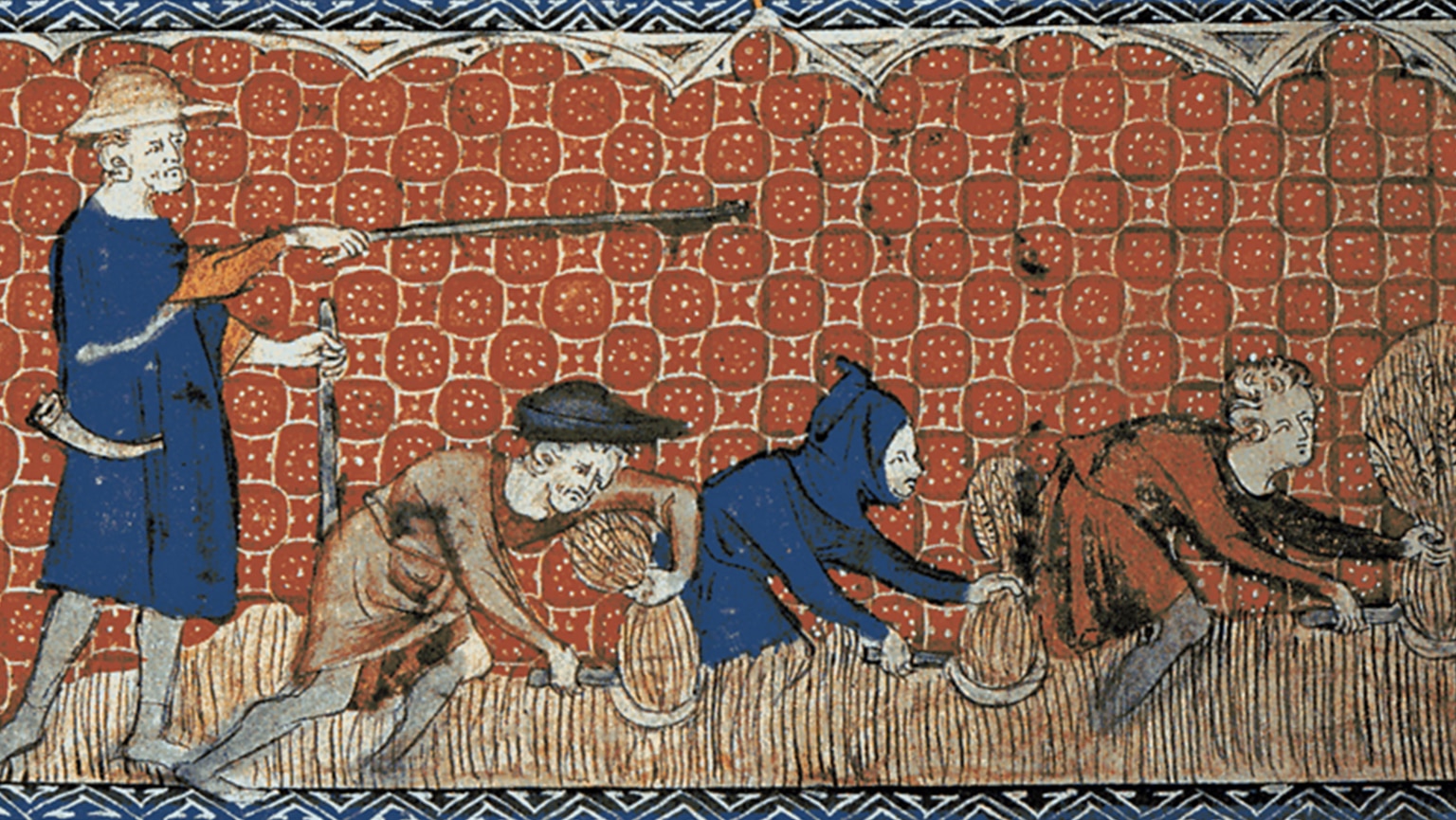Between the accessions of Ivan III in 1462 and Peter the Great in 1689, the autocracy overcame the opposition of the old nobility. The estates of the old nobility, which had always been hereditary, became service estates. By the end of the period the two types of nobles and the two types of estates had by a gradual process become almost identical: the hereditary nobles often owed service; the military service nobles often had hereditary land.
This important social process was accompanied by the growth of serfdom. Economic factors and political unrest in Russia had forced more and more peasants to ask large landowners for protection. The peasants would accept contracts that required payment of rent in produce and performance of service on the landlord’s own land, in return for a money loan that had to be repaid over a period of years with interest or with extra services. By the early seventeenth century the peasant could not leave his plot until he paid off his debt; but since the debt was often too great for him to repay, he could in fact never leave.
The process was speeded up when the czars gave estates to the new military service gentry. An estate was not much good unless there was farm labor to work it. In the bitter agrarian and political crises of the sixteenth and seventeenth centuries, the government helped the service gentry to keep their farmers where they were.
And since the peasants paid most of the taxes, it was easier for the government to collect its own revenues if it kept the peasants where they were. Gradually it was made harder for a tenant to leave his landlord, until by 1649 the avenues of escape were closed, and the serf was fixed to the soil. The status of serf became hereditary; children of serfs were enrolled on the estate’s census books as serfs like their fathers.

